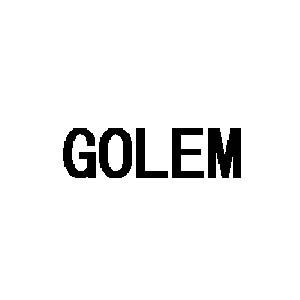Quote from: https://agupubs.onlinelibrary.wiley.com/doi/abs/10.1029/94JB00320
Erosional escarpments are common features of high-elevation rifted continents. Fission track data suggest that these escarpments form by base level lowering and/or marginal uplift during rifting, followed by lateral retreat of an erosion front across tens to hundreds of kilometers. Previous modeling studies have shown that this characteristic pattern of denudation can have a profound impact upon marginal isostatic uplift and the evolution of offshore sedimentary basins. Yet at present there is only a rudimentary understanding of the geomorphic mechanisms capable of driving such prolonged escarpment retreat. In this study we present a nonlinear, two-dimensional landscape evolution model that is used to assess the necessary and sufficient conditions for long-term retreat of a rift-generated escarpment. The model represents topography as a grid of cells, with drainage networks evolving as water flows across the grid in the direction of steepest descent. The model accounts for sediment production by weathering, fluvial sediment transport, bedrock channel erosion, and hillslope sediment transport by diffusive mechanisms and by mass failure. Numerical experiments presented explore the effects of different combinations of erosion processes and of dynamic coupling between denudation and flexural isostatic uplift. Model results suggest that the necessary and sufficient conditions for long-term escarpment retreat are (1) incising bedrock channels in which the erosion rate increases with increasing drainage area, so that the channels steepen and propagate headward; (2) a low rate of sediment production relative to sediment transport efficiency, which promotes relief-generating processes over diffusive ones; (3) high continental elevation, which allows greater freedom for fluvial dissection; and (4) any process, including flexural isostatic uplift, that helps to maintain a drainage divide near an escarpment crest. Flexural isostatic uplift also facilitates escarpment retreat by elevating topography in the vicinity of an eroding escarpment, thereby increasing channel gradients and accelerating erosion which in turn generates additional isostatic uplift. Of all the above conditions, high continental elevation is common to most rift margin escarpments and may ultimately be the most important factor.









